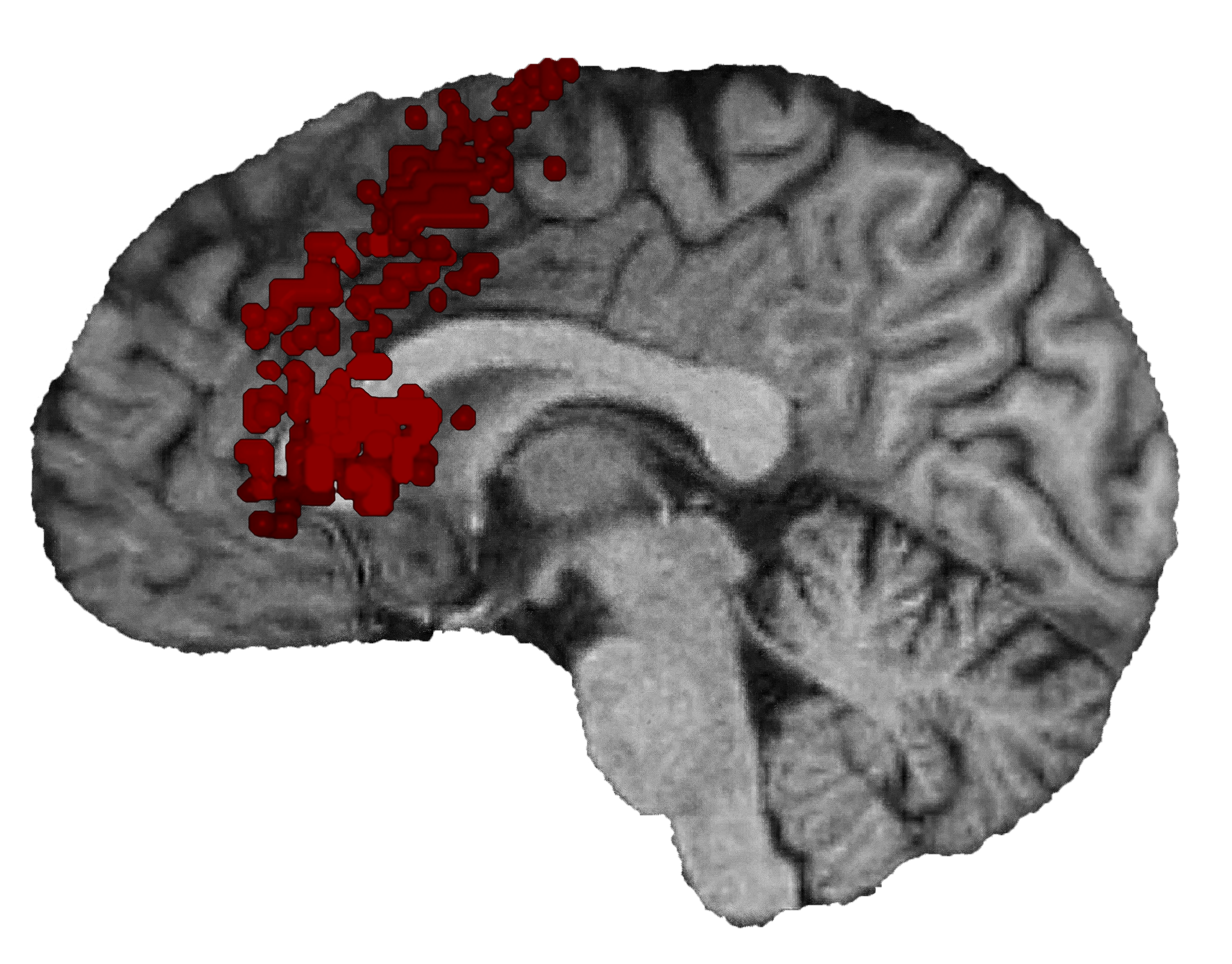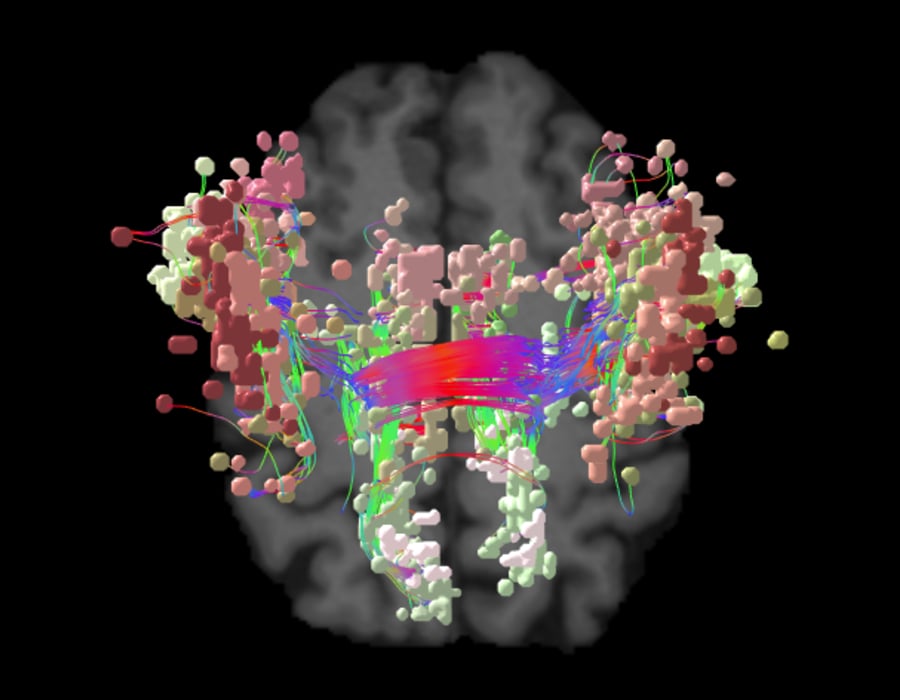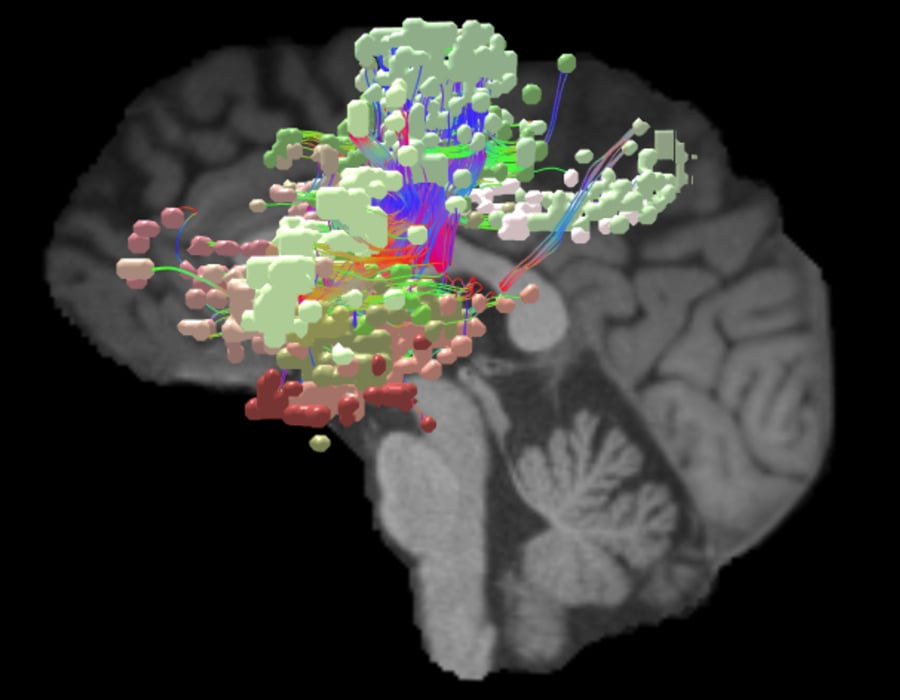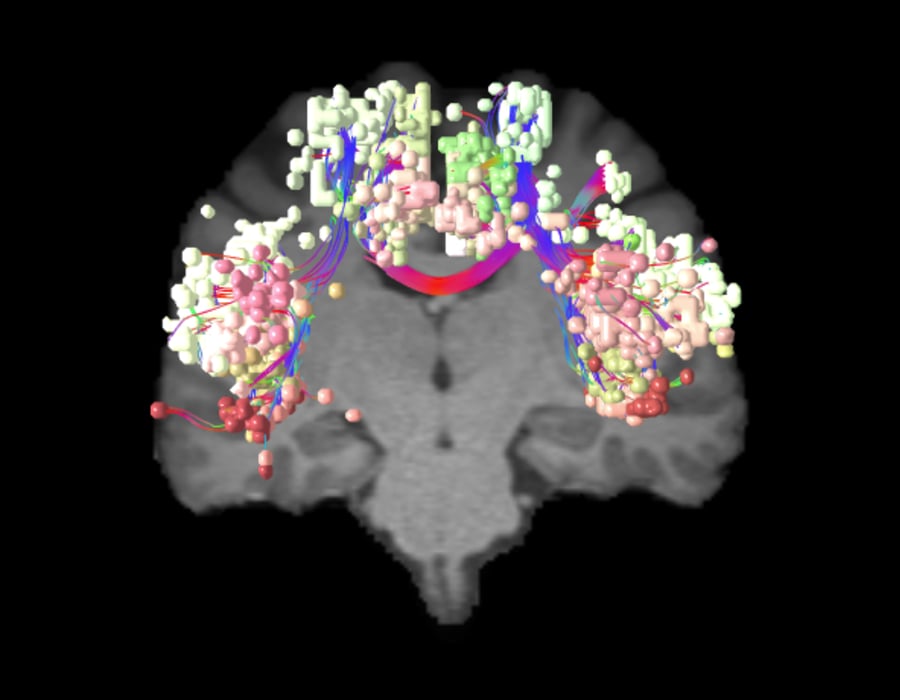Why we think this network is worth considering in decision-making:
The salience network plays a key role in a number of important cognitive, emotional, and motivational function.
Evidence that this network is responsible for useful function in humans:
SN’s main components are insula and anterior cingulate cortex with three key subcortical structures, the amygdala, the ventral striatum, and the substantia nigra/ventral tegmental area.1 The anatomical connections between the components of SN in cortical level are well established in humans using diffusion tensor imaging.2,3 In addition, the neural architecture of the two cortical components of the SN shares distinct characteristics (e.g. von Economo neurons).4 Also, developmental differences have been shown both in the structural and functional connectivity level in the cortical components of SN, which was suggested to account for the cognitive maturation with age.5 SN mainly supports detecting salient stimulus to recruit functional networks while between activation and deactivation of DMN and CEN.6
Consequences of damage to this network:
Akinetic Mutism: Using lesion network mapping, Darby et (2019) have shown that lesions in the SN network cause disruptions in volition and cause akinetic mutism or abulia.7 This finding was also consistent with prior studies of disorders of free will perception, such as PNES or catatonia that identified structural and functional abnormalities in the same network. Disruptions to this network for depression, obsessive-compulsive disorder, or chronic pain introduced impairments in volition as well.8,9,10
Dementia: It has been shown that SN connectivity pattern can successfully predict different dementia types such that decreased connectivity in the SN correlated with the behavioral variant frontotemporal dementia whereas increased connectivity with the Alzheimer’s Disease. Moreover, in the behavioral variant frontotemporal dementia group, clinical severity positively correlated with the loss of SN connectivity.11
Schizophrenia: SN abnormalities are found in schizophrenia12 and correlated with the severity of reality distortion.13 Findings also highlights the importance of the SN in regulating network switching and the role of these processes in higher cognition.14 In addition to functional connectivity impairments, studies found volumetric grey matter changes in SN regions in patients with schizophrenia.15
ADHD: Additional studies identified lower connectivity in the anatomical correlates of SN in ADHD.16 Using machine-learning algorithms, Sato et al could establish an abnormality matrix derived from the connectivity patterns of SD regions, and this matrix could successfully classify adults with ADHD.17
Other Mental Disorders: In obsessive-compulsive disorder, abnormalities in salience network connectivity measures related to symptom severity as well as decreased sustained attention.18 Impairments in connectivity in SN associated with higher trait anxiety,19 ruminative brooding20 and depression.21 Volumetric grey matter changes in SD also identified in depression patients.14






